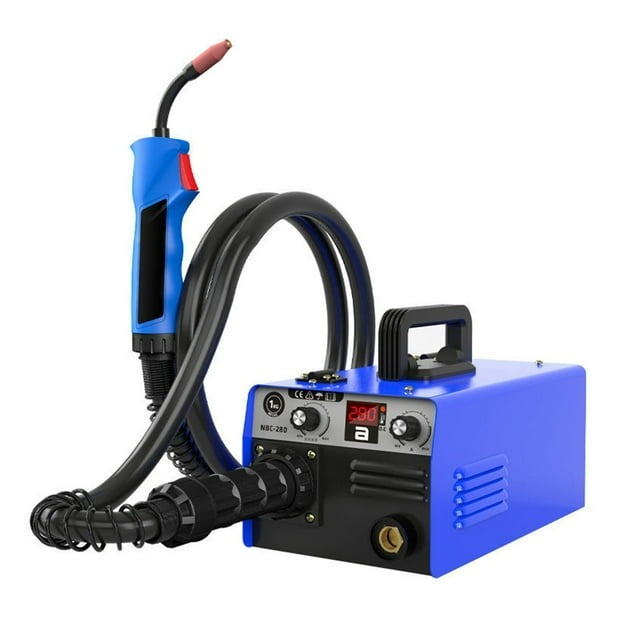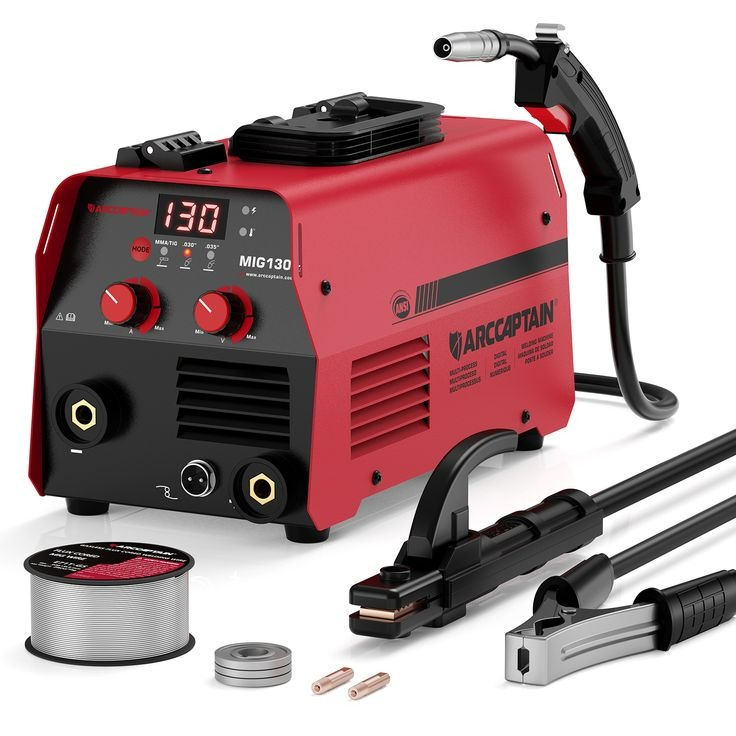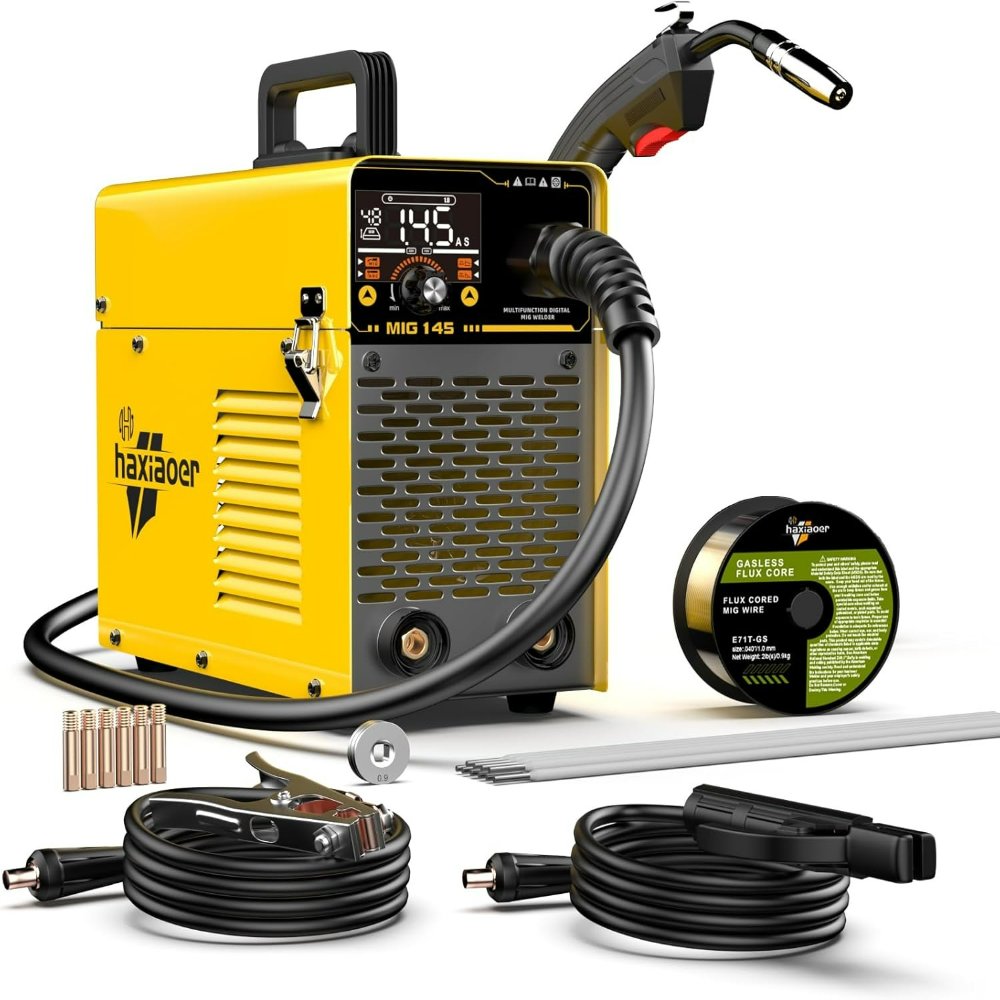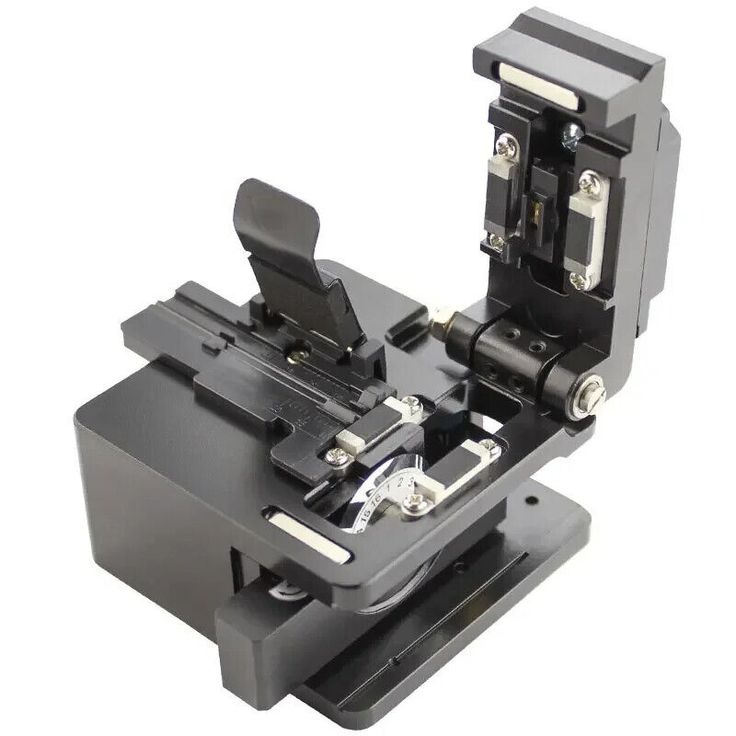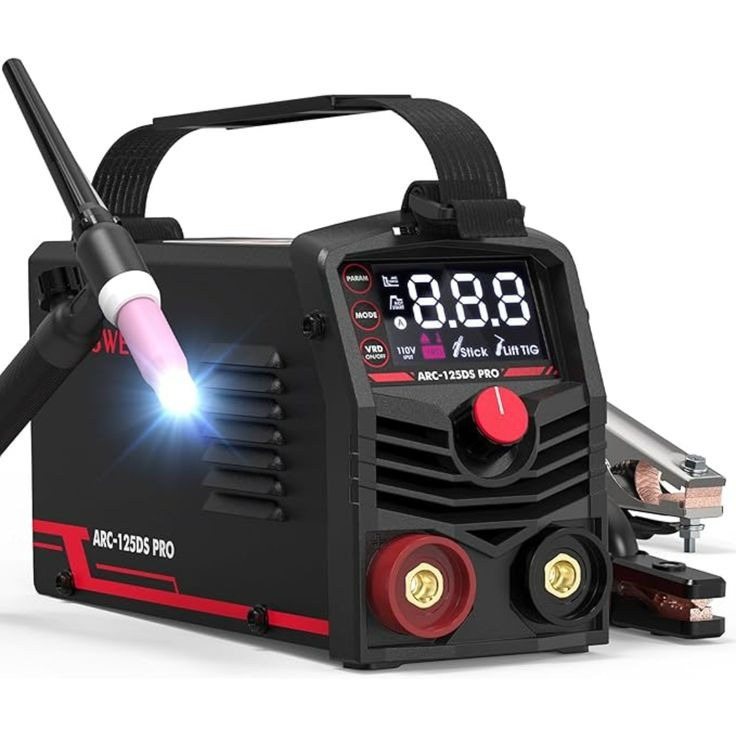How to Choose the Best Gas Welding Machine for Your Needs
Introduction to Gas Welding
Gas welding is a versatile process. It joins metals using heat from a gas flame. Common gases include acetylene, propane, and oxygen. A gas welding machine controls the flame. This technique is popular for repair work. It is also used in fabrication and construction. Safety is a top priority when gas welding. Proper knowledge and gear are must-haves. Learn the correct methods to avoid hazards. Hazards can include fires, explosions, or toxic gas exposure. In this section, we will discuss safe gas welding practices. Our focus is on ensuring a secure work environment.
Essential Safety Gear for Gas Welding
Safety gear is crucial for gas welding tasks. Before you light your torch, you must gear up. Head-to-toe protection is your first line of defense. Here’s what you need:
- Welding Helmet: A must-have to shield your face and eyes. Helmets with proper filters prevent retina burns.
- Fire-Resistant Clothing: Heavy, non-flammable clothing protects your skin from sparks. Leather is a good choice.
- Gloves: Insulated gloves keep your hands safe from heat and metal splatter.
- Apron or Jacket: A leather apron or a fire-resistant jacket provides extra protection.
- Safety Glasses: Wear them under the helmet for double eye protection.
- Boots: High-top leather boots guard your feet against hot metal and falling objects.
- Ear Protection: Ear plugs or muffs save your hearing from loud noises.
- Respirator: Use a respirator to avoid inhaling harmful fumes.
Gather your gear and inspect it before you start. Look for damage or wear and tear. Replace gear that is not safe. Always use equipment as directed. The right gear saves lives and prevents injuries. Keep this safety mantra in mind: gear up to stay safe.
![]()
Pre-Welding Safety Checklist
Before starting any gas welding task, it’s important to complete a pre-welding safety checklist. Ensuring all safety measures are in place can prevent accidents. Here’s a step-by-step guide to help you prepare:
- Inspect the Area: Check your work area is clear of flammable materials. Make sure it’s clean and well-organized.
- Check Your Equipment: Examine your gas welding machine and tools for any damage. Ensure they are in good working condition.
- Secure Gas Cylinders: Make sure cylinders are upright and properly secured. This prevents them from tipping over.
- Test Connections: Check all hoses and connections for leaks or wear. Use soapy water to look for bubbles that indicate leaks.
- Gather Safety Gear: Review the gear listed in the previous section. Make sure you have it all and it’s in good shape.
- Review the Process: Go over the steps you’ll take during the job. Be clear on the sequence and methods you’ll use.
- Inform Others: If you’re working in a shared space, let others know about your welding activities.
- Ready First Aid: Have first aid supplies and fire extinguishers close by. Know how to use them in case of an emergency.
- Plan for Ventilation: Ensure you have proper ventilation set up. This is crucial to avoid toxic fume buildup.
Completing this checklist is essential every time. It’s part of responsible welding practices. It adds a layer of safety for you and those around you.
Handling and Storing Gas Cylinders Safely
When dealing with gas cylinders, safe handling and storage are critical. Mishandling can lead to accidents, including explosions or chemical exposure. Follow these guidelines to ensure safety:
- Keep Cylinders Upright: Always store gas cylinders upright. Secure them with straps or chains to a fixed object to prevent tipping.
- Store in a Cool Place: Heat can increase the pressure inside the cylinder, risking a burst. Ensure they are in a cool, shaded area.
- Separate Oxygen from Fuel: Keep oxygen cylinders away from flammable gas cylinders. A minimum distance of 20 feet is advised, or use a fire-resistant barrier.
- Use Caps: When not in use, protect cylinder valves with caps. This prevents damage and leaks.
- Handle with Care: Move cylinders using a cart designed for them. Do not drag, roll or drop.
- Check for Leaks: Regularly inspect cylinders for any signs of leaks. Look for a hissing sound or smell and use soapy water to check connections.
- Label Clearly: Make sure all cylinders are clearly labeled. Knowing the gas type prevents mix-ups and incorrect use.
Never forget the importance of correct storage and handling of gas welding cylinders. It’s a key part of maintaining a safe work environment. Always refer to the manufacturer’s guidelines and local safety regulations for specific procedures.
![]()
The Importance of Proper Ventilation
Good ventilation is vital in gas welding. It helps avoid toxic fumes. These fumes can cause health issues. For example, prolonged exposure may lead to lung problems. Proper ventilation keeps the air safe for you and others nearby. Here is how to ensure it:
- Keep Air Moving: Use fans or a ventilation system to move air. This helps to push harmful fumes away from your workspace.
- Check the Airflow: Make sure that the workspace has enough intake and exhaust airflow. This balance is crucial to remove fumes effectively.
- Work Outdoors When Possible: Outside spaces usually have better air movement. Welding outdoors reduces the risk of fume buildup.
- Monitor Air Quality: Use air quality monitoring tools if possible. They help you know when ventilation is not enough.
- Follow Safety Standards: Make sure your ventilation meets OSHA standards or equivalent. Check what is required for your specific welding activities.
Remember, good air quality is a must for safe gas welding. It prevents health risks and makes the workspace safer.
Steps for Safe Ignition of a Gas Welding Torch
Igniting a gas welding torch safely is a crucial step in maintaining a secure work environment. To prevent accidents and injuries, follow these simple and concise steps each time:
- Check the Equipment: Inspect the gas welding machine. Look for any damage or wear before use.
- Test Gas Flow: Open the valves slightly to test the gas flow. Listen for even and consistent sounds.
- Light the Torch Correctly: Use a spark lighter to ignite the torch. Do not use matches or a lighter.
- Adjust the Flame: Once lit, adjust the torch to get a stable flame. Follow the manufacturer’s instructions.
- Never Leave It Unattended: Always keep the lit torch in your control. Never leave it alone while on.
- Shut Down Properly: Close the oxygen valve first, then the fuel gas. Watch the flame go out.
- Cool Down: Let the torch and gas welding machine cool down before storing them away.
These steps are important for any user of a gas welding machine. They ensure the operation begins and ends safely. Make these steps a habit each time you work with a welding torch to reduce risks.
![]()
Monitoring for Gas Leaks and Preventive Measures
Monitoring for gas leaks is a critical aspect of gas welding safety. Even small leaks can pose significant risks, including fires or explosions. To prevent these dangers, adopt the following measures:
- Regular Inspections: Check all hoses and connections routinely for signs of wear or damage. Replace any parts that seem doubtful.
- Soapy Water Test: Apply soapy water to connections and hoses. Bubbles forming indicate a gas leak.
- Gas Detectors: Install gas detectors near your welding area. They sound alarms if they sense gas presence.
- Maintenance Records: Keep logs of inspections and part replacements. This helps track the state of your equipment.
- Immediate Repairs: Fix leaks as soon as you detect them. Delaying can lead to hazardous situations.
- Shut-off Valves: Make sure shut-off valves are accessible. They allow you to quickly cut off the gas supply if needed.
- Professional Checks: Have a qualified technician inspect your gas welding machine periodically.
- Training: Educate yourself and others on recognizing a leak and the steps to take.
By actively monitoring and maintaining your gear, you can mitigate the risks associated with gas leaks. Regularly practicing these preventive measures can ensure the longevity of your equipment and enhance safety during welding operations. Remember, safety first – always monitor for leaks.
Emergency Response for Gas Welding Accidents
When accidents occur during gas welding, responding quickly and effectively is crucial. Here are steps to take in case of an emergency:
- Stop the Process: Immediately cease welding and shut off the gas supply.
- Evacuate: Clear the area to ensure everyone’s safety.
- Extinguish Fires: Use a fire extinguisher for small fires. Do not hesitate to call the fire department for larger fires.
- Administer First Aid: Provide immediate first aid to anyone injured. Call for medical help if needed.
- Ventilate the Area: If the accident involves toxic fumes, ensure the area is well-ventilated.
- Report the Incident: Inform the proper authorities about the accident as required.
- Investigate: Once safe, investigate the cause to prevent future accidents.
For every gas welding machine, an emergency response plan is essential. Each person on the team should know these steps. Training drills can help prepare for real-life situations. Safety is paramount; being ready can save lives and prevent further damage.
